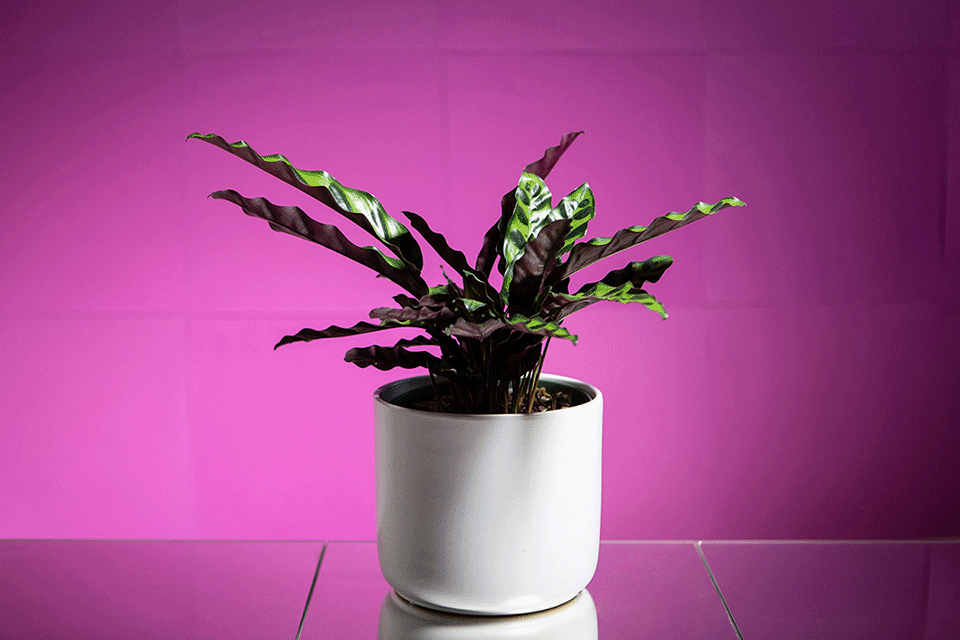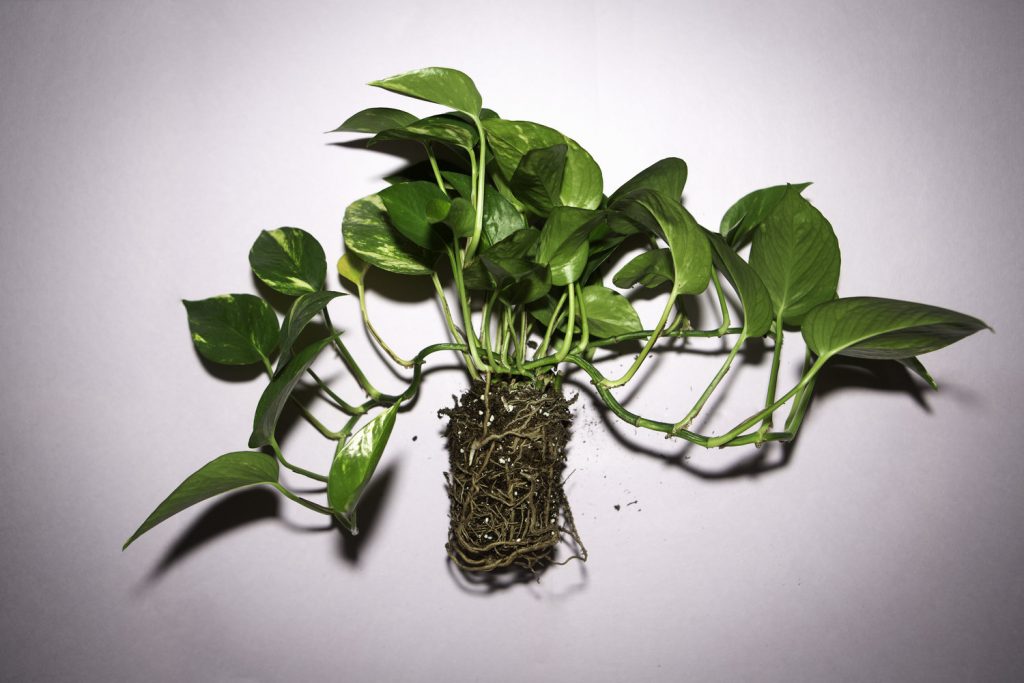Why Does My Plant Look Sad?
6 Tips for Raising Happy Houseplants
By Danny Nett, July 6, 2020 NPR Life Kit

Look, we’ve all been there. You fall in love with a plant at the store. You bring it home. You find a cute spot for it on your bookshelf. Then, after a few weeks, that lush, beautiful plant you picked out is … suddenly on its last leaf.
Many of us — in our eagerness to bring nature into our homes — have lost a houseplant or two along the way. Maybe that pothos in the background of your Zoom call isn’t looking so hot anymore, or you’re ready to try again after killing that succulent.
Wherever you are in your plant parenthood journey, NPR’s Life Kit is here to help. And while we can’t cover the specific needs of every individual plant, we can get you started with a strong foundation.
Here are six tips to help your plant live its best life:
1. Find your light.

The first thing you need to do is figure out the type of lighting you have.
Intensity
Different light intensities are described as low, medium and bright. This can depend on a bunch of different factors, including the time of year and the direction your windows face. (In the US, south-facing windows will have the strongest light, while north-facing windows will get the weakest.)
If you’re wondering what you have in your home, here’s a quick test: Hold your hand about a foot above where you want to put your plant. If it casts a shadow with crisp, clear lines, you’re working with bright light. If the silhouette of your hand looks a little fuzzy, that’s medium light. Low light is essentially just enough light for you to read a book.
Direct vs. indirect light
If there’s a straight line from the sun to your plant, that’s direct light. Indirect light is diffused by something such as clouds, curtains or trees outside your window. Plants such as succulents and cactuses will appreciate some direct light, but be careful about burning the leaves on more tropical types.
Overall, most houseplants are going to do well in medium or bright indirect light. If you’re working with lower light, pothos, snake plants, some philodendrons and ZZ plants will tolerate low light.
Low light is not no light
An important clarification here: Low light is not the same thing as no light. If you have zero natural sunlight coming in, you’ll need to consider getting grow lights.
If your plant is starting to look “leggy” or stretched out, that’s a sign it isn’t getting enough light. It might also start putting out smaller leaves or stop growing altogether.
2. Remember your roots.

You’ll also need to choose the proper pot and soil mix for your specific plant.
It starts with soil
“Plants need a balance of water, air and nutrients in order to do their best,” says Kirsten Conrad, an agriculture natural resource agent with the Virginia Cooperative Extension. “A good soil mix is going to have pores that maintain good spaces for air to get into.” Most ready-made soil mixes at the store are just fine.
Plants need pockets of oxygen in the soil to survive, so proper drainage is critical. This is why potting mixes will often include bigger chunks, such as perlite or orchid bark, to help extra water pass through more quickly.
Root rot
When soil doesn’t have proper drainage — and when you overwater — you risk your plant contracting root rot. This is when those tiny air pockets in your soil become waterlogged for too long. Your plant will essentially drown, and fungus takes hold in the roots.
Check for this by gently lifting your plant out of its pot and taking a look at its roots. It’s easiest to do this when the soil is dry.
“Normal, healthy roots are white to cream-colored,” Conrad says. “A plant that is … experiencing root rot is going to have roots that are dark-colored. They’re gonna be chocolate brown or almost sometimes black. The coating of the roots will sometimes slip off as you touch them.”
Picking a pot
The right pot can also help with drainage. When you bring a new plant home, give it at least a month to settle in before you repot it. When it is time for a new container, make sure it has a drainage hole in the bottom.
From there, there are a few other factors to consider. Clay and terra-cotta pots are porous, so they’ll help wick extra moisture out of the soil. That makes them great for things such as snake plants and hoyas, which like to dry out a little between waterings. Pots that are glazed or made of plastic will keep the soil moist, for things such as ferns and prayer plants.
The big move
Over time, you might notice roots growing out of that drainage hole. That’s your cue to check and see if your plant is rootbound — where the roots have wrapped around the inside of the pot and are outgrowing it.
“You have kids — their feet grow every few weeks. You’re not going to keep them in the same shoes, right?” says Hilton Carter, an author, plant stylist and parent of about 200 plants. “You’re going to make sure they get bigger shoes so their feet can expand, so they can grow taller and bigger. That’s the same thing for your plant.”
When you are upsizing your pot, a good rule of thumb is to increase the diameter by 2 inches each time.